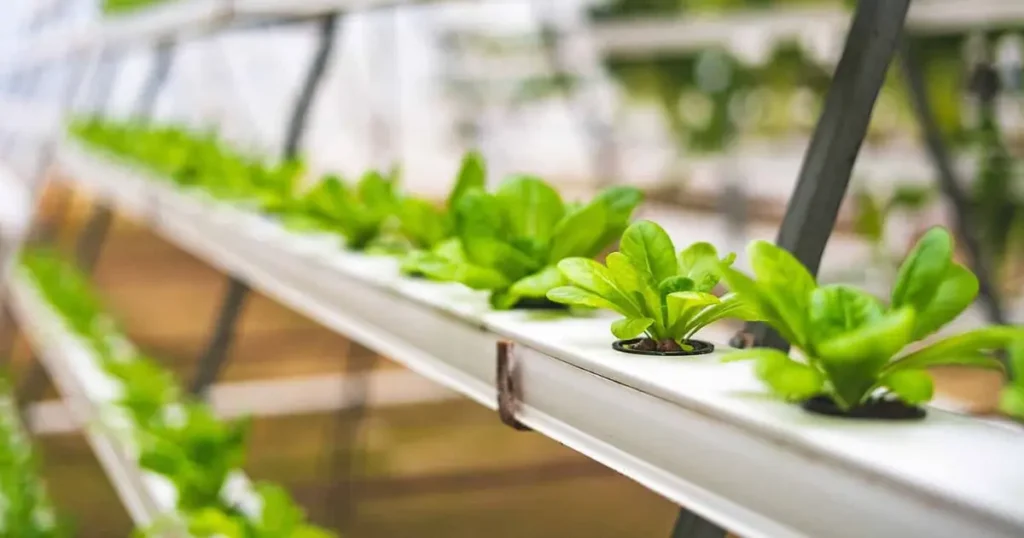5 Powerful Factors for a Successful Hydroponic Farming Business
Table of Contents
Toggle5 Powerful Factors for a Successful Hydroponic Farming Business
Introduction
Hydroponic farming is revolutionizing agriculture by offering a soil-free, water-efficient, and highly productive way to grow crops. As the demand for sustainable farming solutions increases, hydroponics presents an opportunity for farmers and agribusinesses to grow fresh produce all year round with minimal resource usage. However, to achieve long-term success in hydroponic farming, it is essential to focus on key factors that ensure high yields, efficiency, and profitability. In this article, we will discuss the five most powerful factors that contribute to successful hydroponic farming.
Choosing the Right Hydroponic System
Selecting the appropriate hydroponic system is the foundation of a successful setup. Various systems, such as Deep Water Culture (DWC), Nutrient Film Technique (NFT), Ebb and Flow, and Aeroponics, cater to different crop types and operational scales. Factors like available space, water consumption, maintenance requirements, and cost should be considered when choosing the system. For example, NFT is ideal for leafy greens, while aeroponics is perfect for high-value crops like herbs and strawberries. The right system ensures better nutrient absorption, healthier plants, and higher yields.
Optimizing Nutrient Management
Nutrient management is crucial in hydroponic farming because plants rely entirely on nutrient-rich solutions for their growth. The key is to maintain a well-balanced nutrient solution that provides essential macronutrients (nitrogen, phosphorus, potassium) and micronutrients (iron, calcium, magnesium). Regularly testing pH levels (between 5.5 and 6.5) and Electrical Conductivity (EC) helps in optimizing nutrient uptake. Overfeeding or underfeeding can lead to nutrient deficiencies or toxicities, affecting plant health. Using high-quality hydroponic nutrients and maintaining a consistent feeding schedule will result in healthy and fast-growing crops.
Ensuring Proper Lighting and Environmental Control
Light is a fundamental requirement for plant growth, and in hydroponic farming, artificial lighting often supplements natural sunlight. LED grow lights are widely used due to their energy efficiency, spectrum control, and long lifespan. The type of crop, growth stage, and light intensity all play a role in optimizing yield. Additionally, controlling temperature, humidity, and CO2 levels ensures an ideal growing environment. Most crops thrive in temperatures between 18-26°C with relative humidity levels of 50-70%. Automated climate control systems can help maintain consistent conditions, reducing plant stress and maximizing productivity.
Water Quality and Management
Since hydroponic farming relies on water as the primary medium for nutrient delivery, maintaining high-quality water is essential. The water should be free from harmful contaminants, bacteria, and excessive salts. A Reverse Osmosis (RO) filtration system can help remove impurities and ensure optimal water quality. Regular monitoring of pH, EC, and Total Dissolved Solids (TDS) is crucial to avoid nutrient imbalances. Additionally, recycling and reusing water efficiently contribute to sustainable farming by reducing water wastage. Implementing proper drainage and aeration techniques also prevents root diseases and ensures healthy plant development.
Pest and Disease Management
Although hydroponic farming minimizes soil-borne diseases, it is still vulnerable to pests and airborne pathogens. Integrated Pest Management (IPM) strategies, such as biological control (using beneficial insects), physical barriers, and organic pesticides, help keep pests in check. Regular inspections, proper spacing between plants, and maintaining a clean growing environment prevent disease outbreaks. Hydroponic growers must also monitor root health since root rot caused by poor aeration and excessive moisture can be a major challenge. Implementing strict hygiene protocols and using sterilized equipment can significantly reduce the risk of infections.
Conclusion
Successful hydroponic farming requires a combination of the right system, optimized nutrients, controlled environmental conditions, proper water management, and effective pest control. By focusing on these five powerful factors, farmers can maximize yields, reduce operational costs, and contribute to sustainable farming practices. As hydroponics continues to evolve, embracing innovation and best practices will be key to long-term success in this modern agricultural approach. Whether you’re a beginner or an experienced grower, investing in these critical elements will ensure a thriving and profitable hydroponic farm.
-
Bacteria: The Remarkable Role of Microbes for Growing Plants in Hydroponics
-
Hydroponics: The Rookie Mistakes of Growing Plants
-
Chlorine: The Incredible Key to Thriving Hydroponic Plants
-
Molybdenum: Astonishing Importance for Hydroponic Plant Growth
-
Boron: The Astonishing Importance for Plants Growing in Hydroponics
-
Copper: A Powerful Element for Hydroponic Plant Growth
-
Zinc: The Powerful Secret to Hydroponic Plant Growth
-
Manganese: Essential role for Hydroponic Plant Growth
-
Iron: The Crucial Role of Iron in Hydroponic Plant Growth
-
Sulfur: The Vital Key to Thriving Hydroponic Plant Growth
-
Magnesium: The Crucial Role for Thriving Hydroponic Plants
-
Calcium: The Critical Importance for Thriving Hydroponic Plants
Frequently Asked Questions (FAQs)
Q1. What are the advantages of hydroponic farming over traditional farming?
Q2. What are the best crops to grow in a hydroponic system?
Q3. Is hydroponic farming cost-effective?
Q4. How often should nutrient solutions be changed in a hydroponic system?
Q5. Can hydroponic farming be done at home?
Latest Stories:-
- All Posts
- Hydroponics
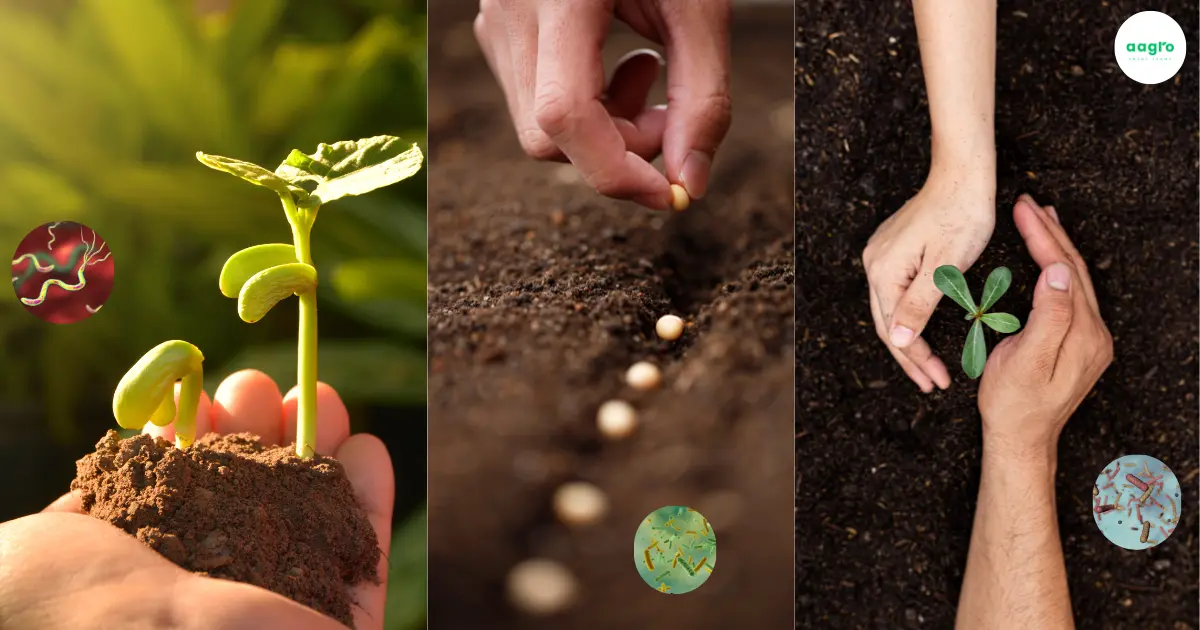
Bacteria in Hydroponics: Discover how beneficial bacteria boost plant growth, nutrient uptake, and disease resistance in soilless systems.
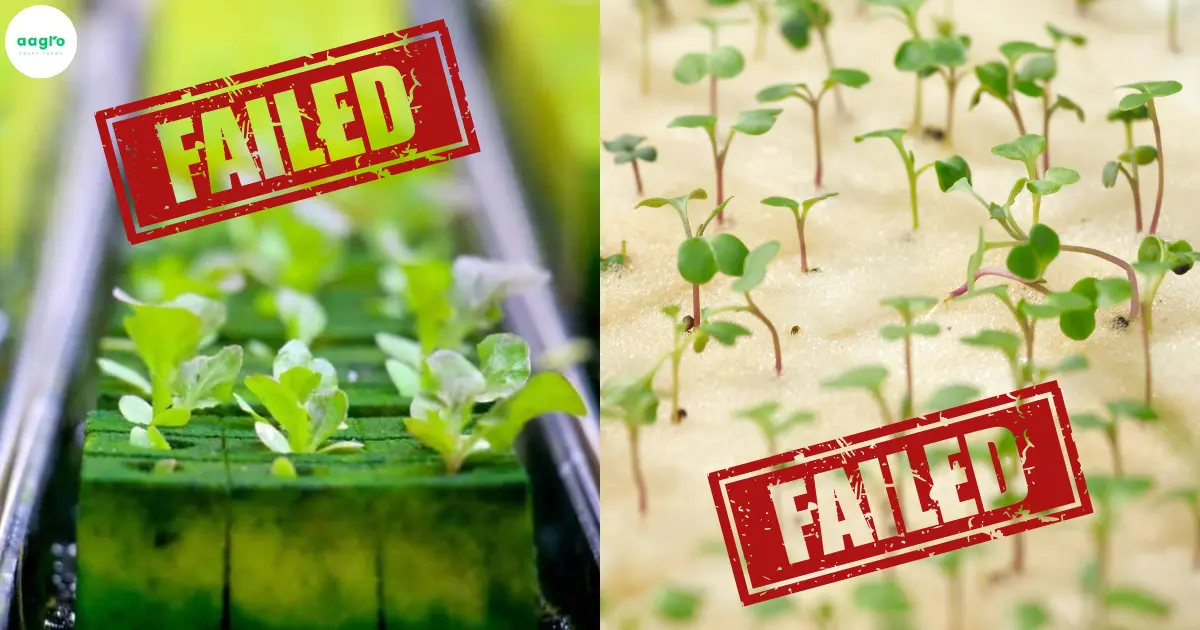
Discover the most common rookie mistakes in hydroponics and learn how to avoid them for thriving, high-yield plants.

Discover the crucial role of Chlorine in hydroponics and learn how to optimize levels for thriving, disease-resistant plants!
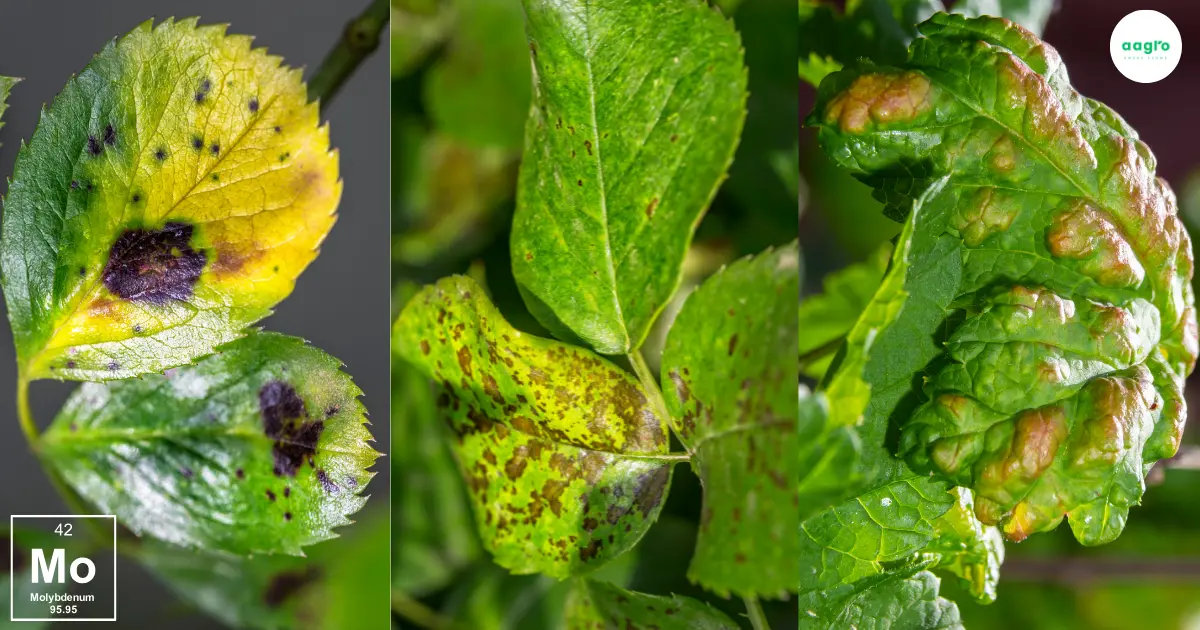
Unlock the secret to thriving hydroponic plants with molybdenum! Discover its vital role in growth, flowering, and stress tolerance.

Discover the vital role of Boron in hydroponic plant growth. Learn how to manage Boron levels for healthier, high-yield crops.
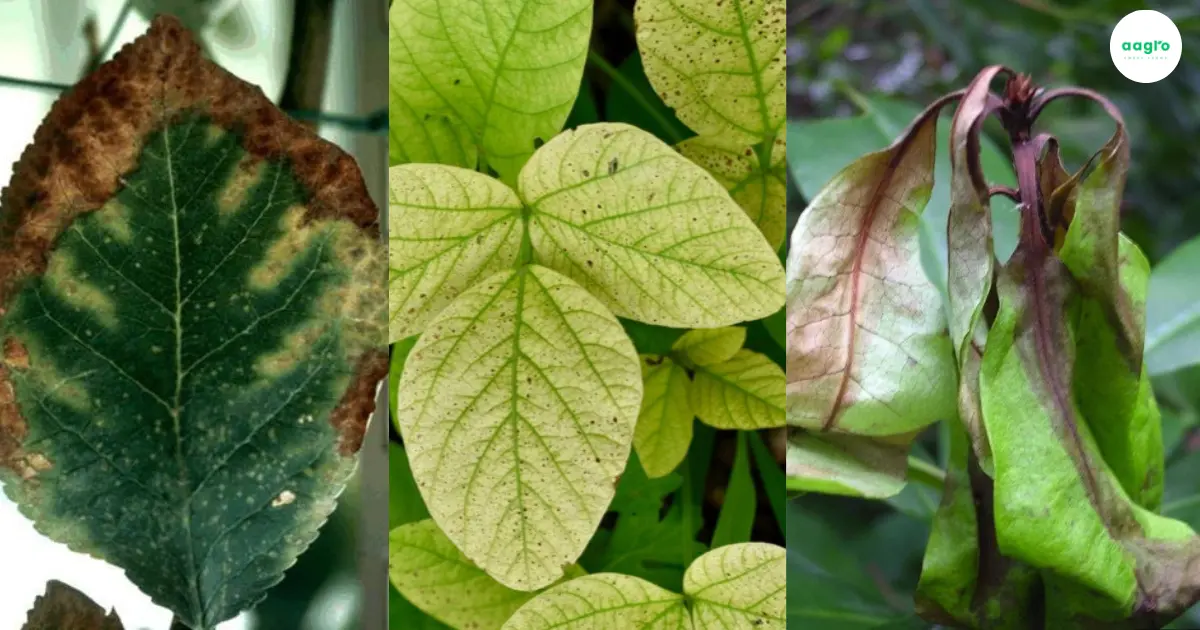
Copper is vital for hydroponic plant growth, enhancing photosynthesis, enzyme activation, and disease resistance for healthier, thriving crops.
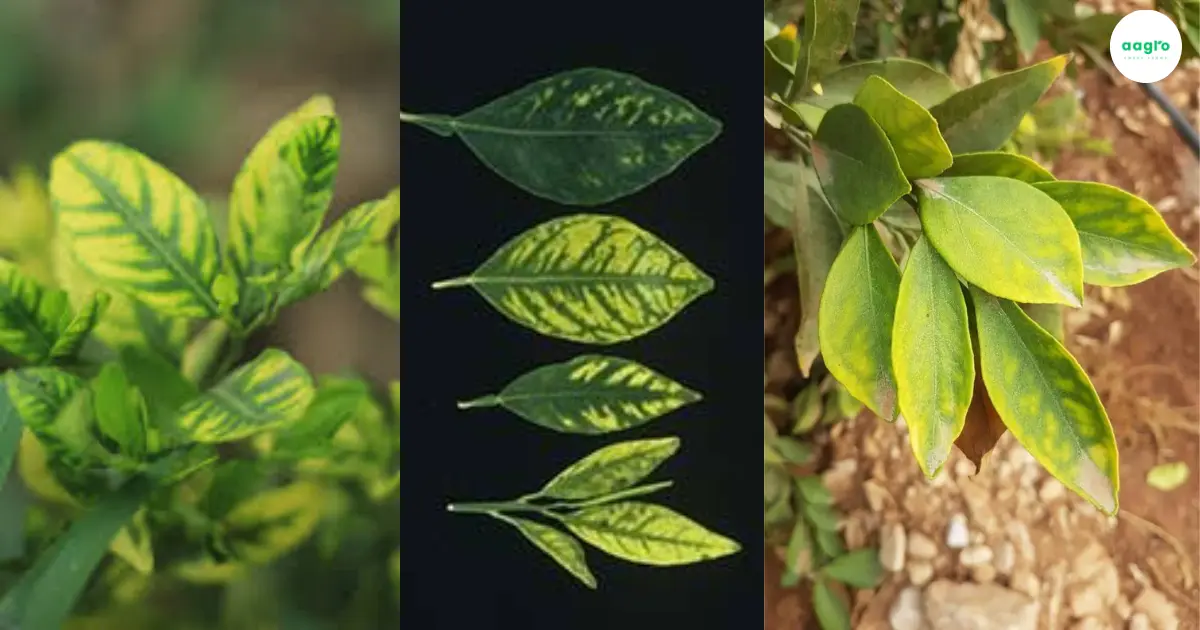
Zinc is essential for hydroponic plant growth, aiding enzyme activation, nutrient absorption, and disease resistance for healthy yields.
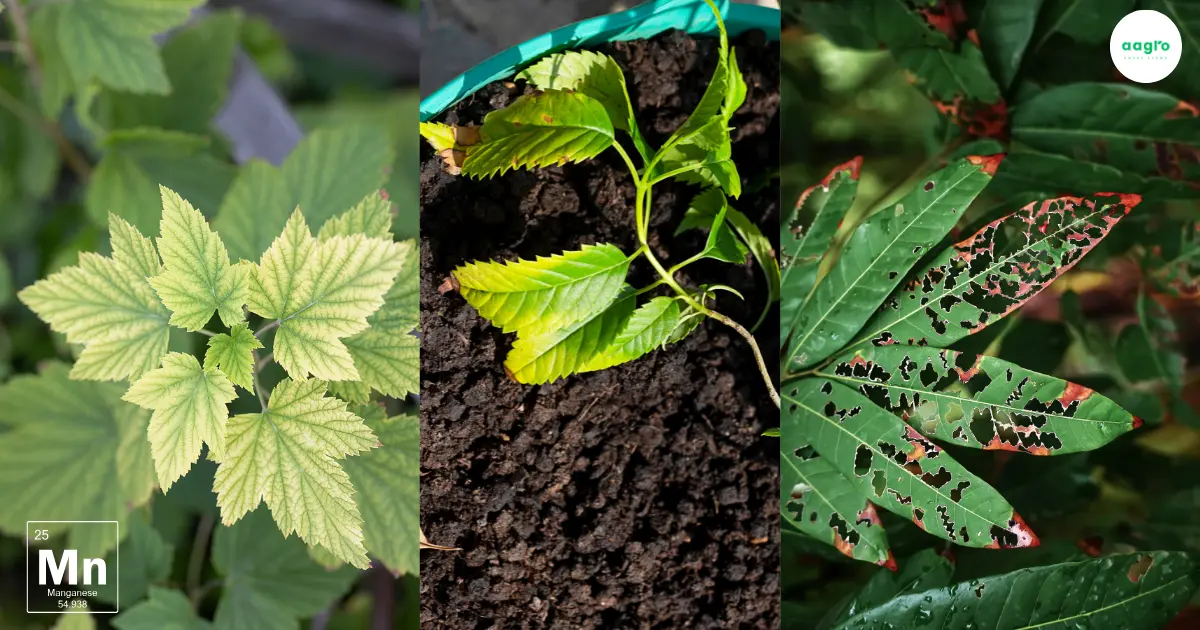
Discover the crucial role of manganese in hydroponics, from boosting photosynthesis to preventing deficiencies and optimizing plant health.

Iron is essential for hydroponic plant growth, aiding photosynthesis, enzyme activation, and nutrient absorption for healthier, higher yields.

